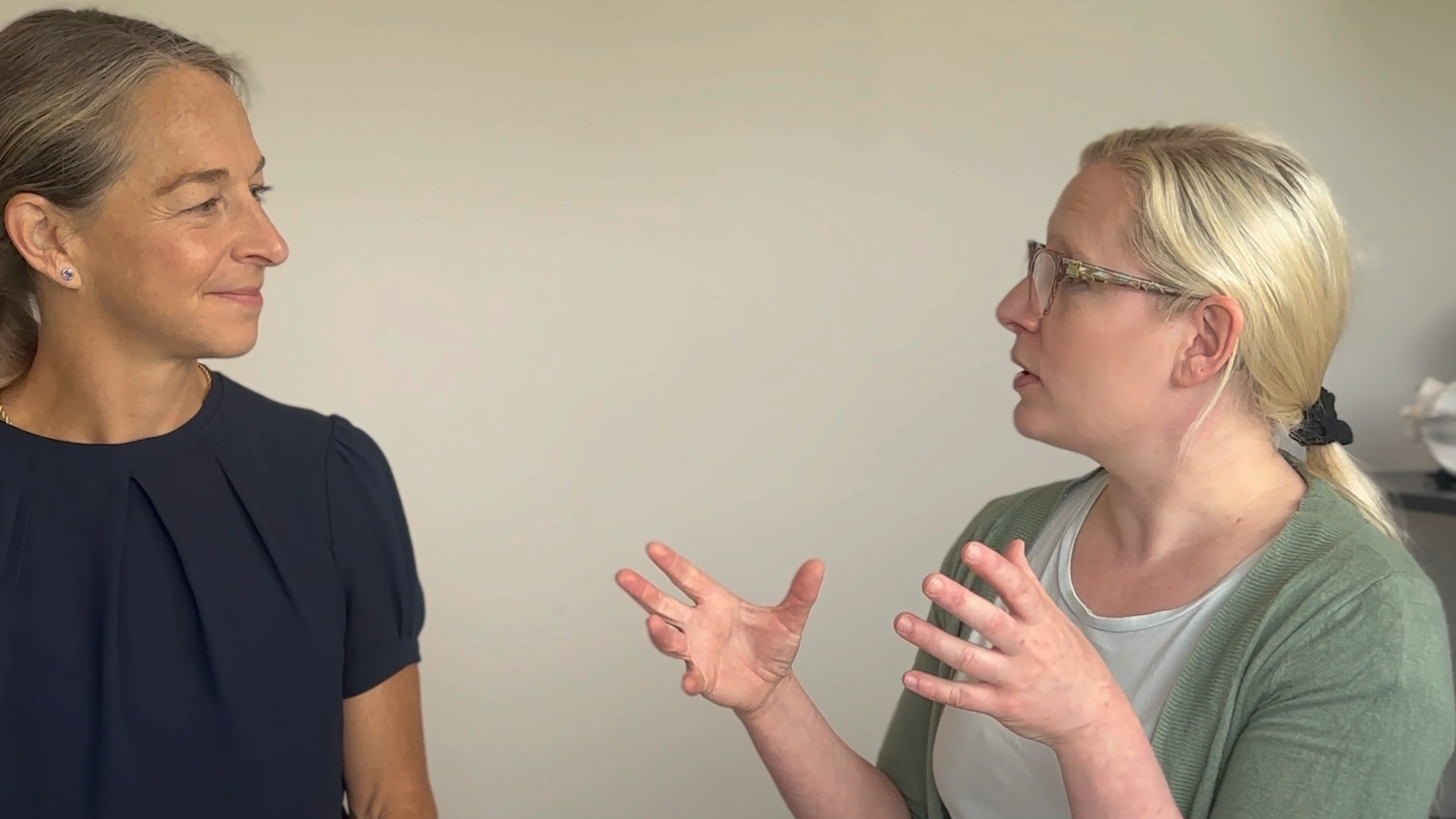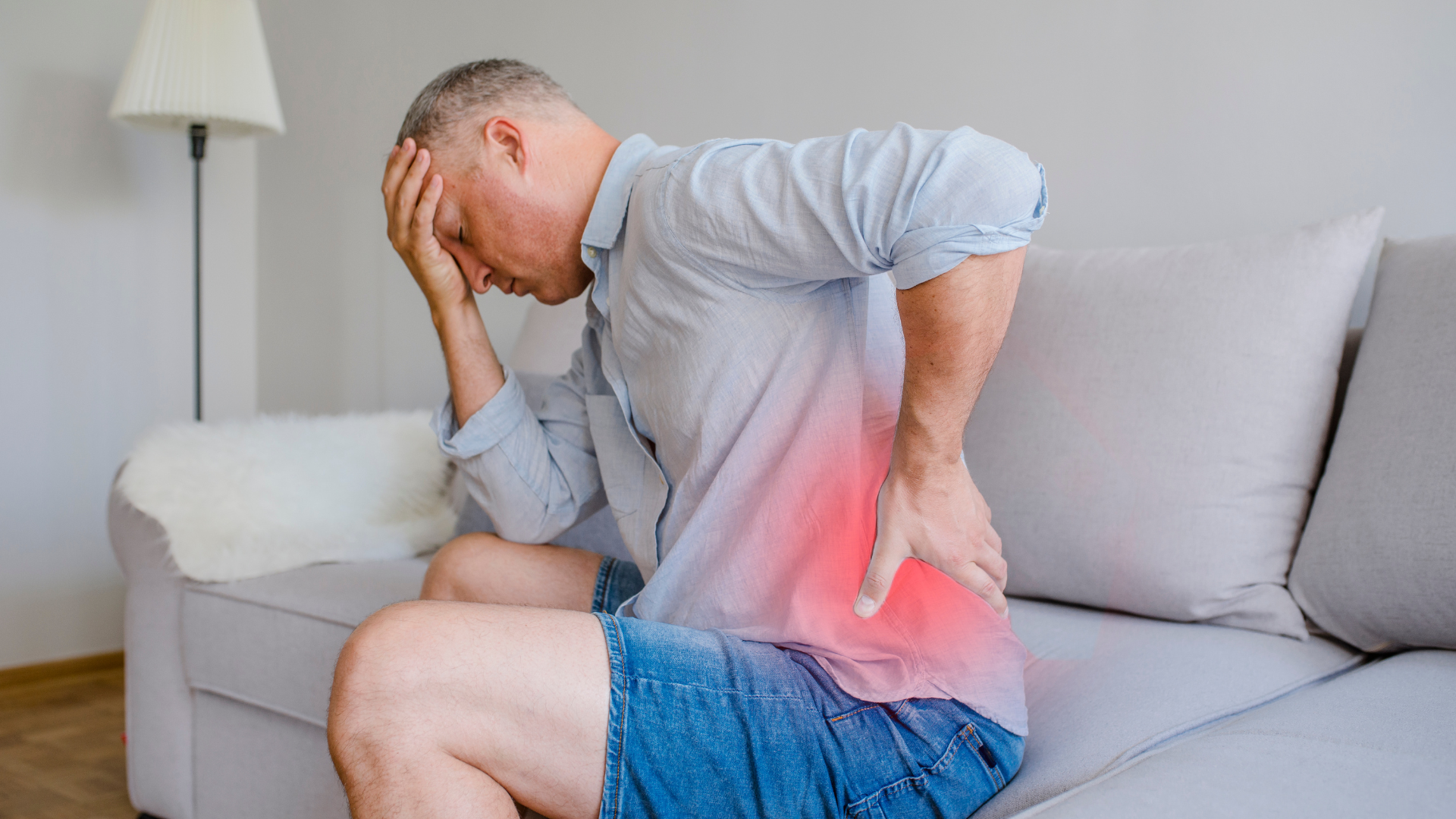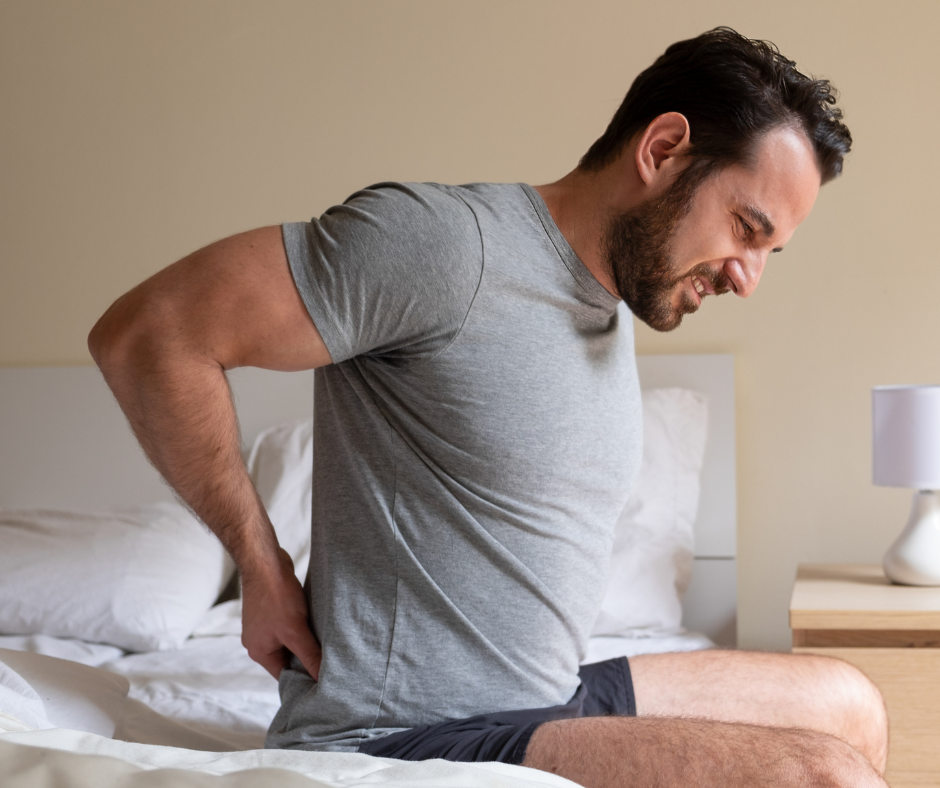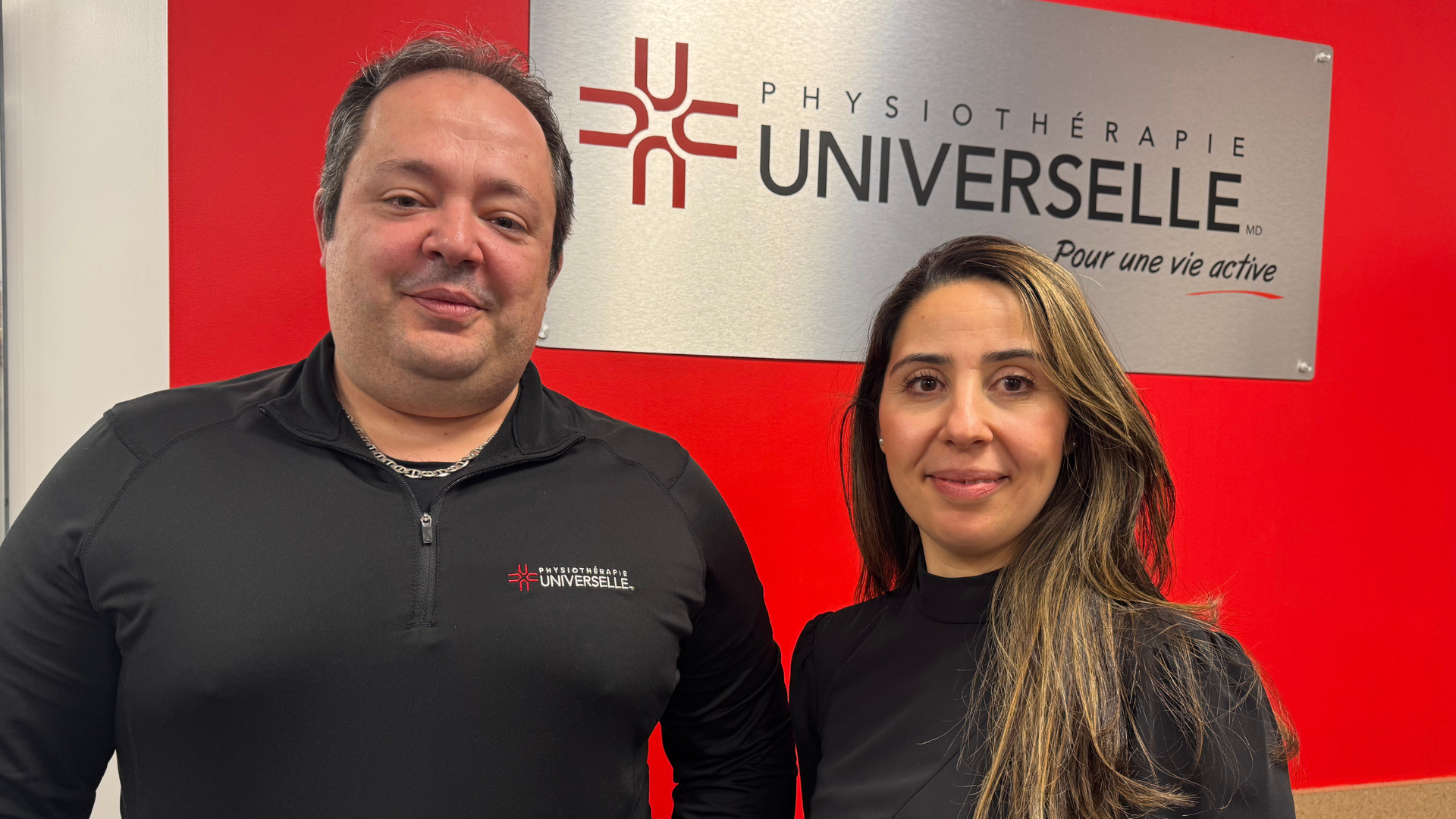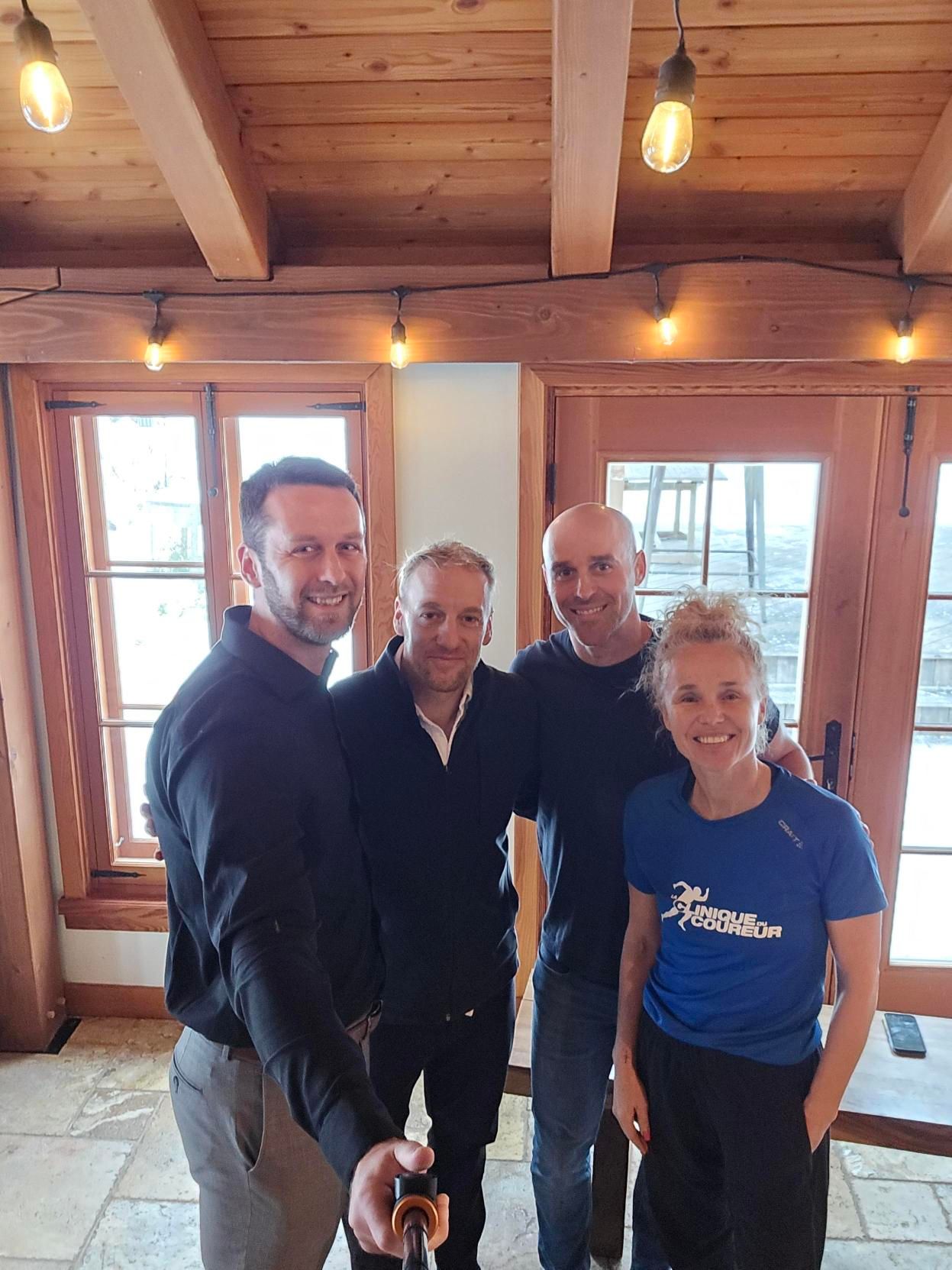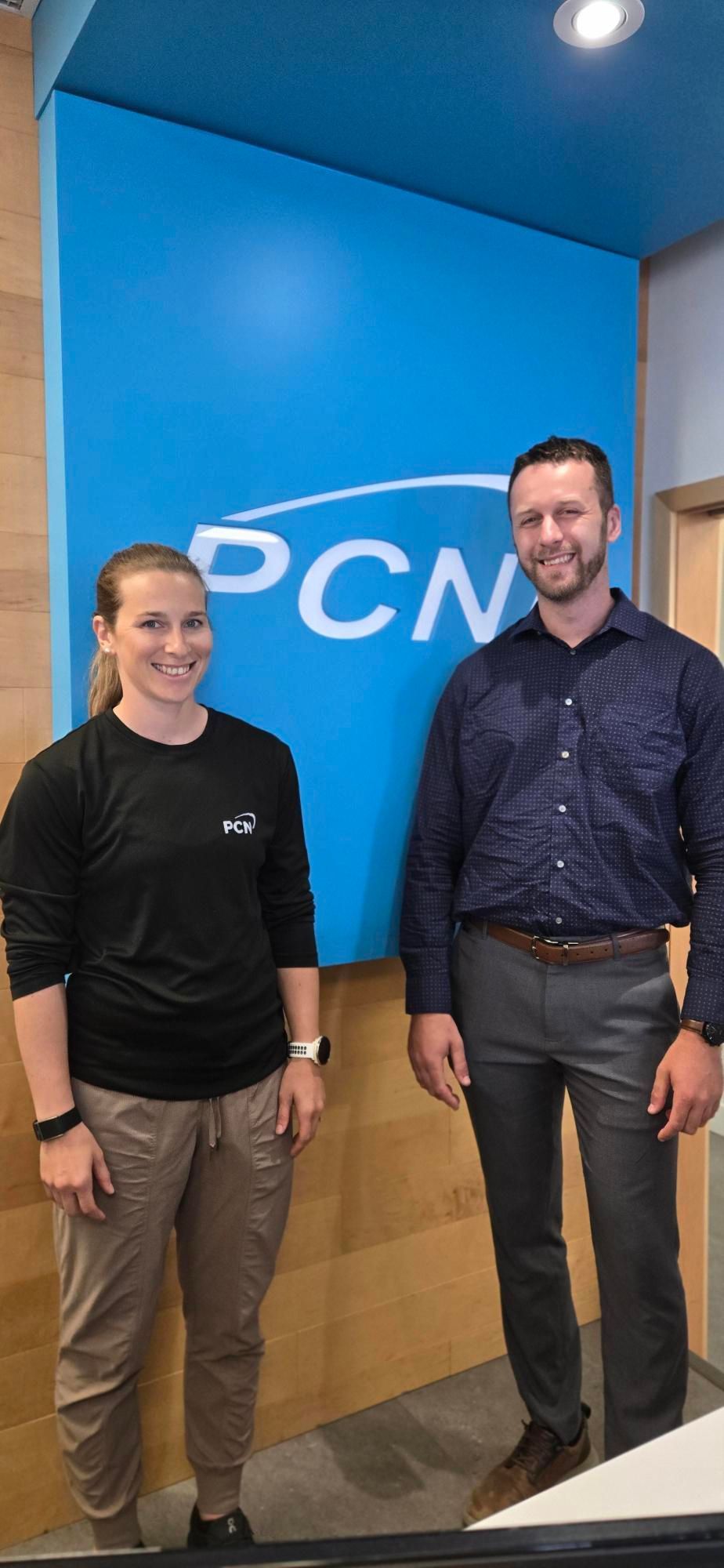Functional Electrotherapy during Childbirth and Postpartum
Pregnancy, Childbirth, Postpartum, and Body Changes
Pregnancy and the birth of a baby are unforgettable events in a woman's life. They trigger a series of mechanisms and body changes to prepare for the arrival of the newborn. The uterus changes in shape and increases in weight, leading to postural changes. Moreover, the ligaments supporting the joints loosen under the effect of pregnancy hormones, potentially causing some pains for the pregnant woman, especially in the third trimester. In fact, up to 50% of women suffer from lower back pain during pregnancy, and 35% of them still have pain one month postpartum.
The arrival of the baby also necessitates a birth plan to offer a certain level of control. It allows describing the woman's and the couple's choices for pain management during childbirth. This is recommended from the start of contractions to ease the labor process. Knowing that the latency phase usually occurs at home, it is important to recommend various natural self-management strategies for pain.
EVA: A Progressive Tool for the Pregnant Woman
Transcutaneous electrical nerve stimulation (TENS) relies on the body's endogenous pain management mechanisms. It's a natural and safe method that can evolve with the woman from the 37th week for pain management during childbirth and postpartum. Additionally, EVA has neuromuscular stimulation (NMES) programs that can complement the exercises provided by the physiotherapist in pelvic-perineal rehabilitation 6 to 8 weeks postpartum.
EVA AND CHILDBIRTH
Using EVA during labor and delivery is a self-management strategy for the future mom's pain. In addition to helping decrease pain, it increases the sense of control during childbirth. The educational session offered by SET allows the patient and their companion to become familiar with the sensation of TENS, discuss different pain management strategies, and discuss facilitators for its use such as its use in functional situations (walking, on the ball, in various positions) as well as strategies at different stages of childbirth. Positioning at the roots innervating the uterus and pelvic floor is preferred to decrease the pain message directly at the source.
Using the controller during contractions allows for an instant increase in intensity, enabling pain management at the right moment and enhancing the future mom's sense of control.
EVA AND POSTPARTUM
Importance of Natural Pain Management Methods
Childbirth, whether vaginal or cesarean, can bring its share of discomfort and pain. Natural pain management methods are necessary to promote good lactation and facilitate breastfeeding. Various pain management methods can be taught, such as managing scar pain (tears, episiotomy, cesarean) as well as managing uterine cramping pain.
Management of Musculoskeletal Pains
Knowing that 35% of women suffer from lower back pain one month postpartum, it's also important to address musculoskeletal pains. Nursing by breastfeeding or bottle-feeding, various positions, or carrying the car seat and baby can trigger or exacerbate these pains.
To prevent the pain from evolving into persistent pain, proper management is necessary. However, some women may request not to take medication due to fears of transfer through breastfeeding or side effects. TENS becomes, once again, an ally for these women.
EVA IN COMPLEMENT TO PELVIC-PERINEAL PHYSIOTHERAPY
Finally, EVA offers NMES programs that can be an ally for physiotherapists in pelvic-perineal rehabilitation. NMES can help and motivate the patient to correctly perform the prescribed exercises at home. It allows for a better understanding of the sense of contraction, to work on different muscular qualities of the pelvic floor, and to progressively evolve with various functional exercises. Various strategies can be taught to promote the integration of contraction and the patient's autonomy to perform their exercises without stimulation.
EVA is thus a pain management and rehabilitation tool that will evolve from late pregnancy to postpartum.
At SET, our priority is to support you in the pelvic-perineal rehabilitation of your patients, focusing on close collaboration to maximize the effectiveness of home treatment. We understand the importance of clear and precise communication to identify and meet the specific needs of each patient.
Thanks to our recommendation tool, we facilitate the establishment of a care plan tailored to your therapeutic goals, thus strengthening the outcomes of rehabilitation for the benefit of the patient.
To explore how our expertise in functional electrotherapy can enrich your practice and improve the rehabilitation journey of your patients, we invite you to communicate with one of our experts.
Together, let's progress towards a comprehensive approach from the clinic to the home of your patients for optimal results.
Sources:
1. Changements physiques | Mieux vivre avec notre enfant de la grossesse à deux ans [Internet]. INSPQ. [cited 2022 Dec 14]. Available from: https://www.inspq.qc.ca/mieux-vivre/grossesse/quotidien-pendant-grossesse/changements-physiques
2. Li Y peng, Cui X, Liu S chen, Zhang S hua, Zhao Y hang. Neuromuscular electrical stimulation for treating postpartum low back pain. Medicine (Baltimore). 2018 Jul 13;97(28):e11426. PMCID: PMC6076201
3. Dowswell T, Bedwell C, Lavender T, Neilson JP. Transcutaneous electrical nerve stimulation (TENS) for pain relief in labour. Cochrane Database Syst Rev. 2009 Apr 15;(2):CD007214. PMCID: PMC4297467
4. de Sousa L, Gomes-Sponholz FA, Nakano AMS. Transcutaneous electrical nerve stimulation for the relief of post-partum uterine contraction pain during breast-feeding: A randomized clinical trial. J Obstet Gynaecol Res. 2014;40(5):1317–1323.
5. Kayman-Kose S, Arioz DT, Toktas H, Koken G, Kanat-Pektas M, Kose M, Yilmazer M. Transcutaneous electrical nerve stimulation (TENS) for pain control after vaginal delivery and cesarean section. J Matern Fetal Neonatal Med. 2014 Oct;27(15):1572–1575.
6. Zakariaee SS, Shahoei R, Hashemi Nosab L, Moradi G, Farshbaf M. The Effects of Transcutaneous Electrical Nerve Stimulation on Post-Episiotomy Pain Severity in Primiparous Women: A Randomized, Controlled, Placebo Clinical Trial. Galen Med J. 2019 Aug 14;8:e1404. PMCID: PMC8344064
7. Li W, Hu Q, Zhang Z, Shen F, Xie Z. Effect of different electrical stimulation protocols for pelvic floor rehabilitation of postpartum women with extremely weak muscle strength. Medicine (Baltimore). 2020 Apr 24;99(17):e19863. PMCID: PMC7440138
8. Zhong F, Miao W, Yu Z, Hong L, Deng N. Clinical effect of electrical stimulation biofeedback therapy combined with pelvic floor functional exercise on postpartum pelvic organ prolapse. Am J Transl Res. 2021;13(6):6629–6637. PMCID: PMC8290786
Connectez avec nous sur les médias sociaux
